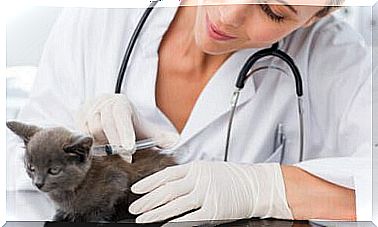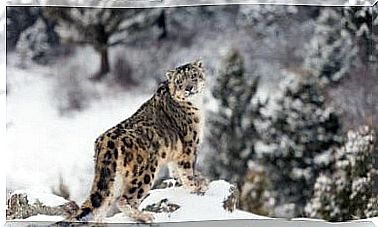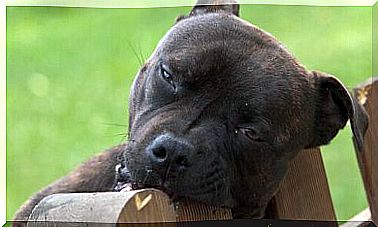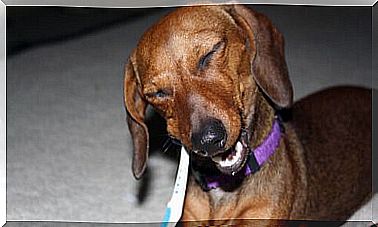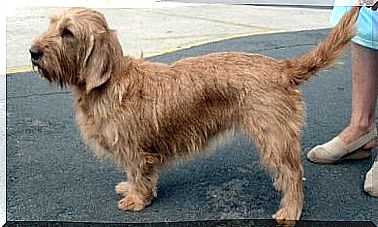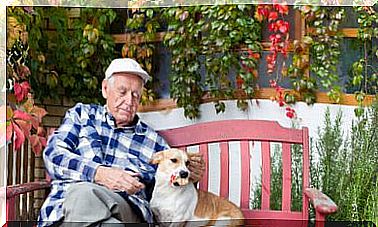How To Train Horses For Exhibition
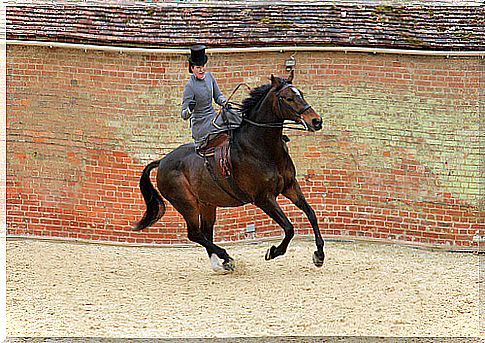
If you like exhibitions and have a good animal, train your horse. It’s not as simple as you think, but it’s not as complicated as they often say. For this, we must start by knowing better the characteristics of an equine exhibition. This will serve to be able to share and discuss horse training with handlers.
Horse training knowing the criteria of an exhibition
The name
The first thing to keep in mind is that every horse in an exhibition has a name. This is usually up to the creator to designate. It’s like a nickname, usually, from the place where it was raised.
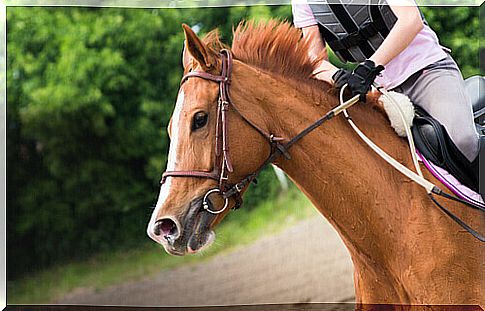
Rating criteria
The steps
Among the steps of horse training, we must highlight the trot. It is a step made in diagonals. The right front paw and left hind paw meet on the ground while the others are in the air.
There is also walking and cantering, which are similar to trotting, but with greater speed. The pace of the steps increases, but the characteristic sound remains.
Judges
The judges analyze and compare the horses in the exhibition to assign a rating. This happens after observing your serenity on the track. That is, if the horse performs its presentation with dexterity and delicacy.
An assessment of the horse’s physique is also done. The position of the tail is important, as is the layout of your body, with emphasis on the back being fully erect.
Other criteria are the shape of the horse’s neck and its overall appearance and beauty.
On the track
Horses are generally divided into categories according to their age. The ages range from 33 to 42 months, as they are in the training process. In addition, there is also a group aged 42 to 60 months and, later, the group aged over 60 months.
Tips
Train your horse taking into account that, for an exhibition, it must have these qualities:
The horse must be gentle. Must be tough to deal with all the stress the event causes. The change of habitat, contact with lights, people, other animals and music is not something simple for the animal to bear.
As we have seen, it is important to work on the horse’s sociability so that it can withstand the emotional pressure of an event. It is recommended that they live in places with good ventilation and not in confined spaces.
Feeding for a horse participating in shows must start early. At 5 am, the animal must be fed in a balanced way and following scientific criteria.
The perfect functioning of your digestive tract is important. This way, there will be tranquility in relation to the coat, muscle mass and absence of nervousness.
The pasture must never be lacking. This helps the horses to be entertained.

exercises after eating
After breakfast, the horse should be taken for exercise in a riding arena, where pads should be placed on its feet. The work must be progressive: start with five minutes and gradually increase the time until reaching the optimum level, according to the animal’s age. In general, it can be said that 30 minutes of exercise is a great time to reach, in two months of training.
After these exercises, the horse must be groomed and its coat brushed, paying close attention to cleaning the feet.
At midday, you should be fed an additional 25% of your daily food (the first 25% is breakfast). In the afternoon, it is recommended that he can take a rest oriented to herding, of about two hours.
From 6 pm onwards, the horse must be fed the remaining 50% of its daily feed. This occurs as he prepares for bed. It is essential to remember that you should always let the animal graze freely, so that it can have mental and emotional health.
Main image source: Karen Roe

